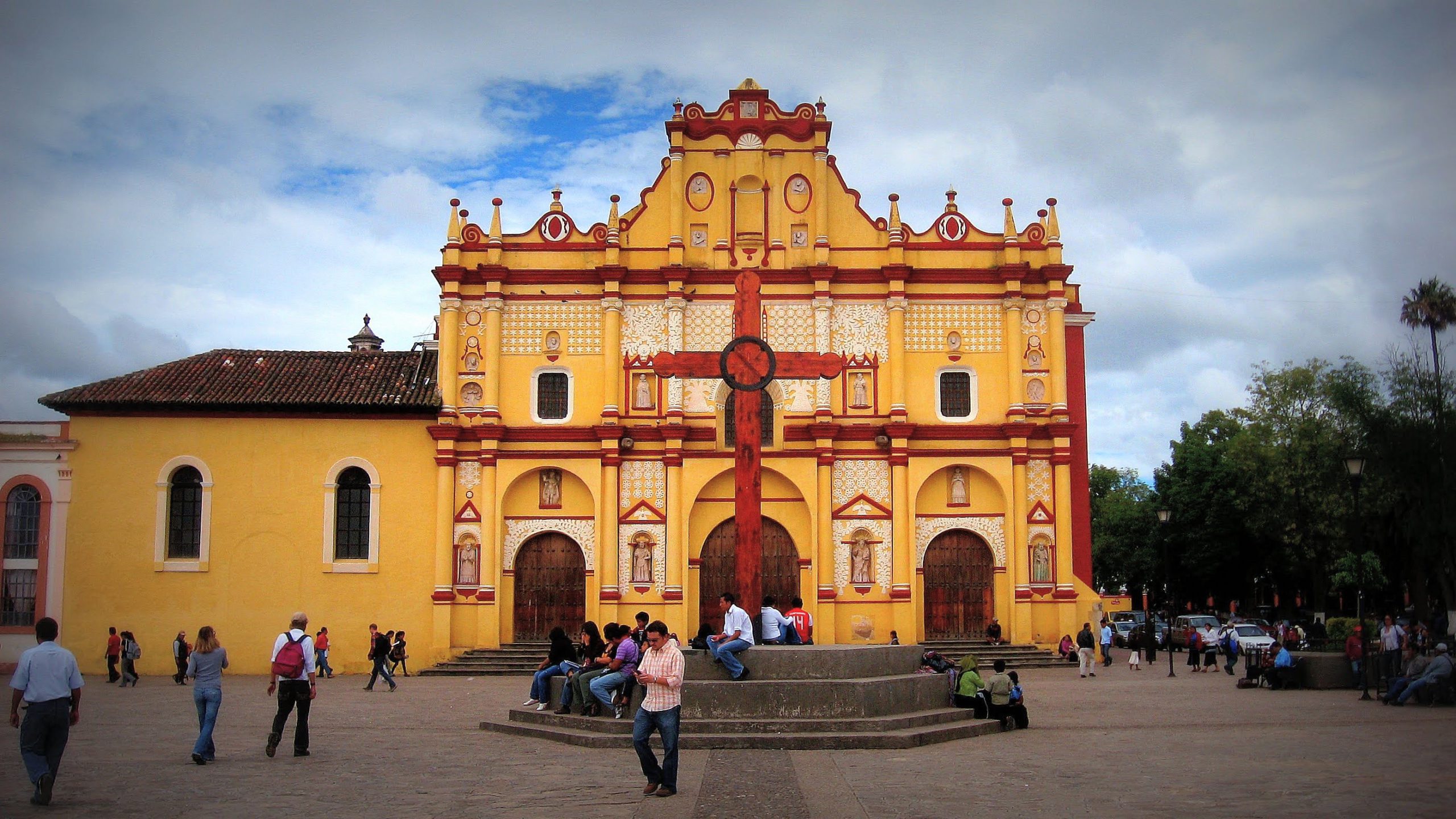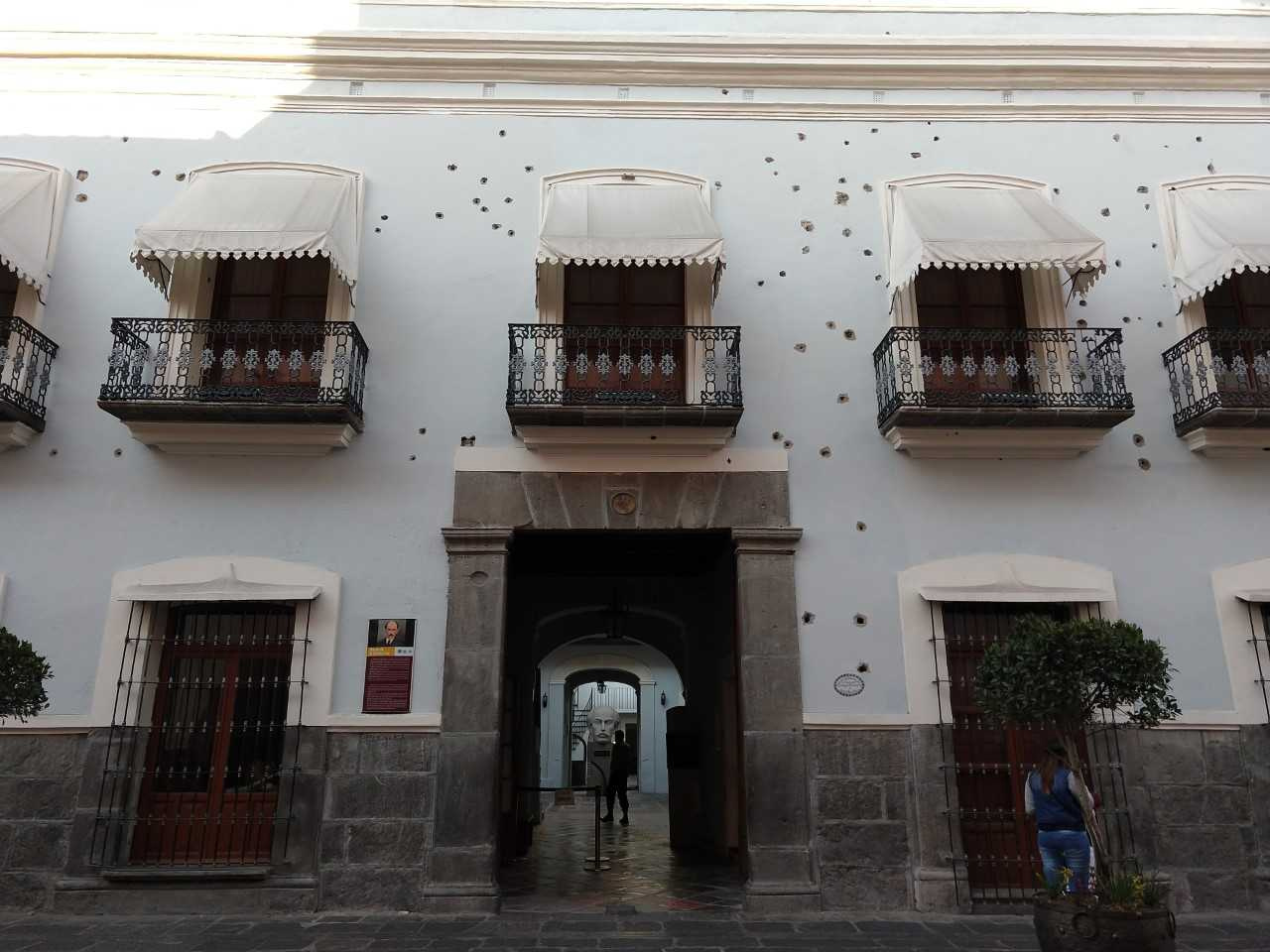Do not panic about sargassum




Tailor made for you.
Sargassum has arrived on some Mexican beaches in recent days, but there’s no need to panic. Sargassum temporary and doesn’t affect all beaches in Mexico.
Certain beaches along the Mexican Caribbean coast such as Playa del Carmen, Tulum, and areas in Quintana Roo, have been impacted.

However, sargassum shouldn’t ruin your vacation plans. Swimming in the crystal-clear, multicoloured waters of the Caribbean is just one of many experiences to enjoy in these paradises.
Sargassum is temporary
As noted, sargassum doesn’t appear year-round. Although it’s often present in the Caribbean Sea, high concentrations only occur during specific periods.
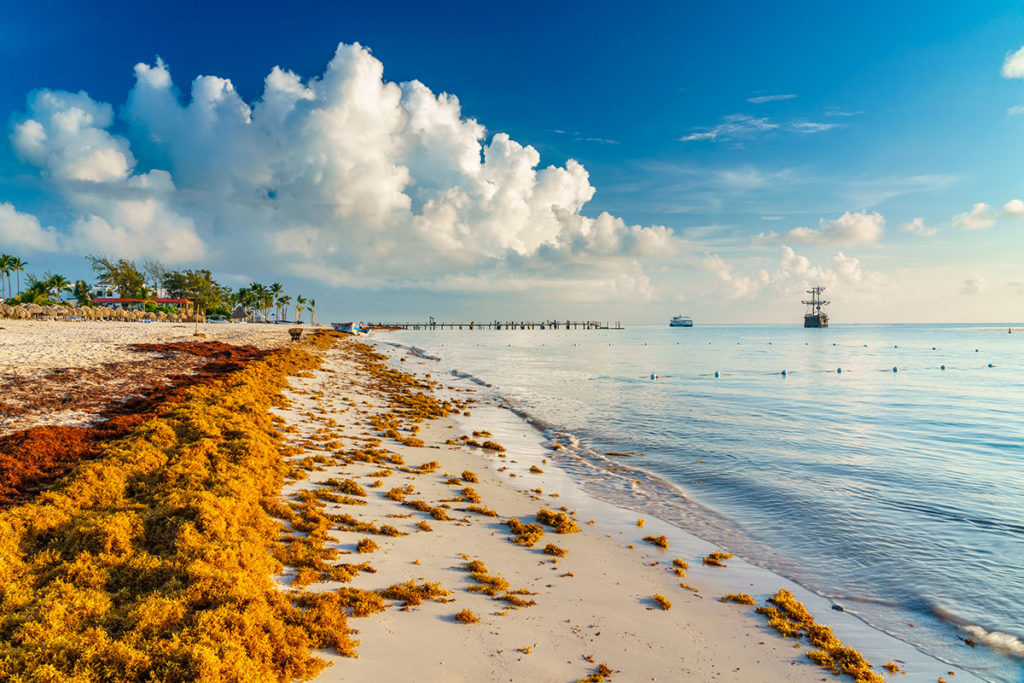
While some beaches are affected, others nearby remain sargassum-free. Even on affected beaches, a variety of activities await, so sargassum doesn’t have to disrupt your vacation.

Popular activities include exploring archaeological sites, such as Chichén Itzá, Tulum, Cobá, and Uxmal; visiting Mayan communities, to learn about their culture, gastronomy, and traditions. refreshing with a swim in the cenotes’ crystalline waters. or savoring the region’s most exquisite dishes on a gastronomic tour.
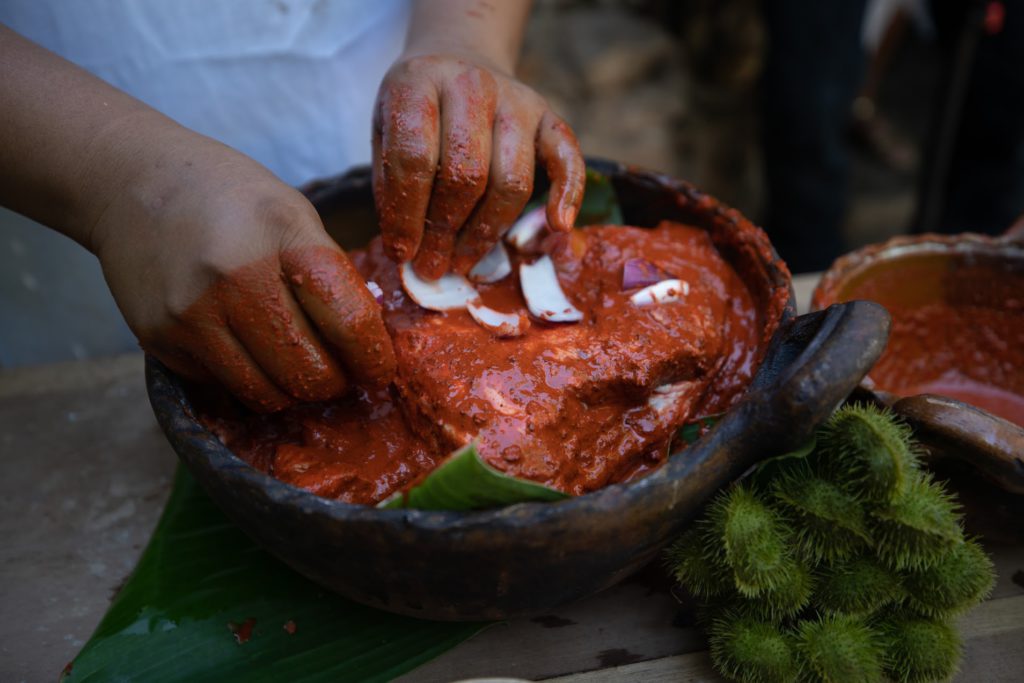
Understanding the Sargassum Challenge
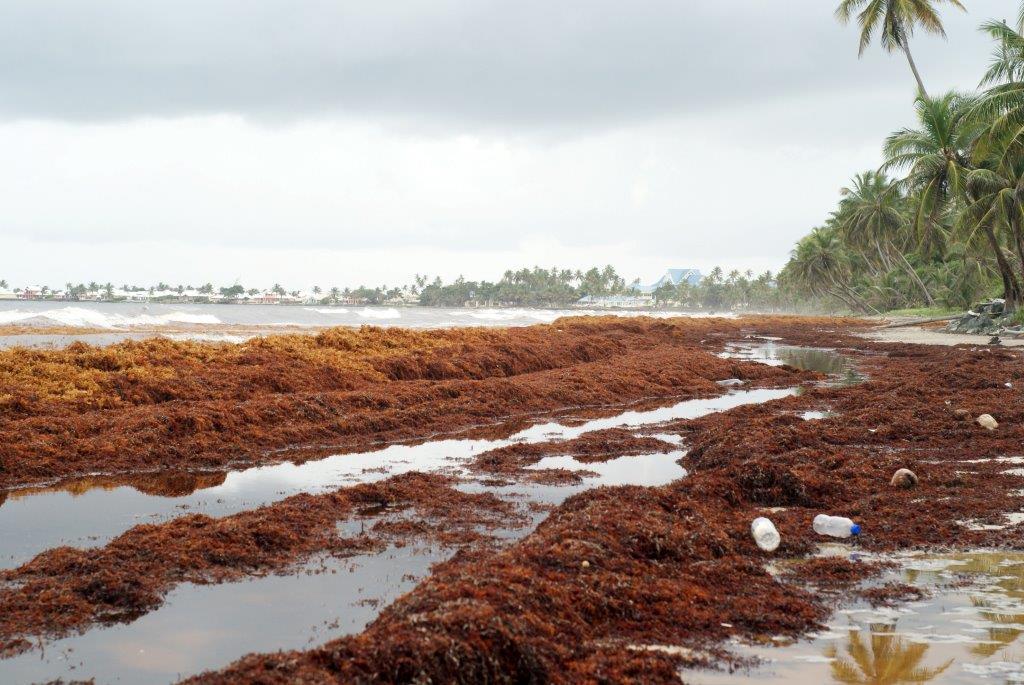
The rise in sargassum has multiple causes, including pollution, climate change, and melting polar ice. It’s a global problem, not just limited to Mexico. Since April, Mexico’s Navy has been monitoring large sargassum patches approaching the coast, with early estimates predicting around 32,000 tons this season—an amount that has grown each year.
Sargassum impacts tourism and ecosystems alike. While it’s not harmful to human health, it poses challenges for marine life. When sargassum accumulates, it blocks sunlight from reaching seagrasses and corals, essential for ocean health. As it decomposes, it consumes oxygen, leading to anoxia and threatening many marine species.
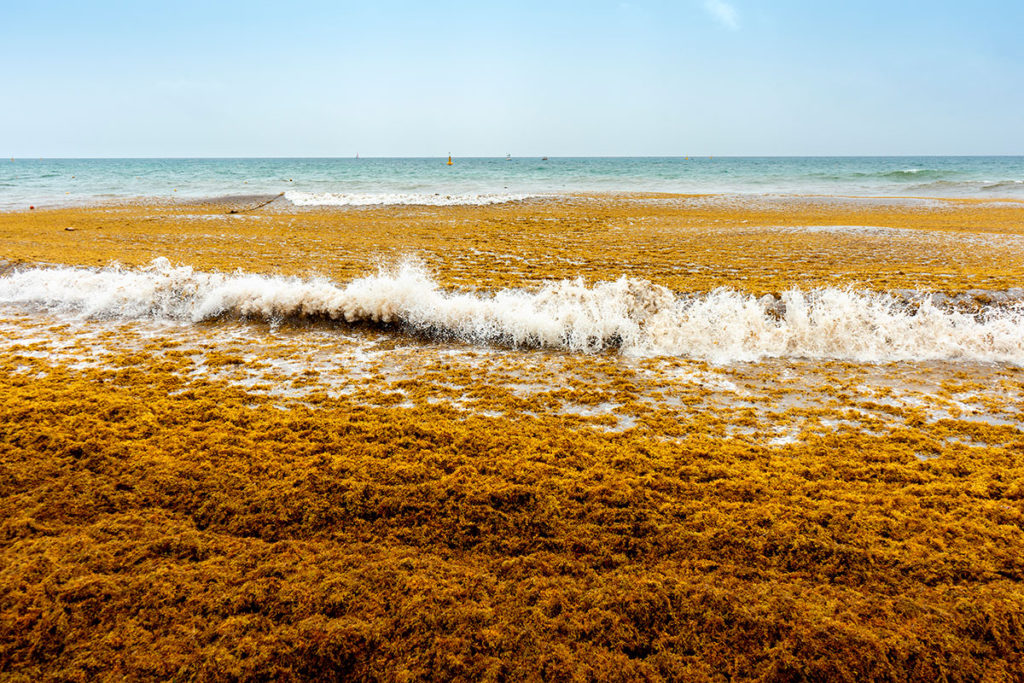
Let’s protect our beaches
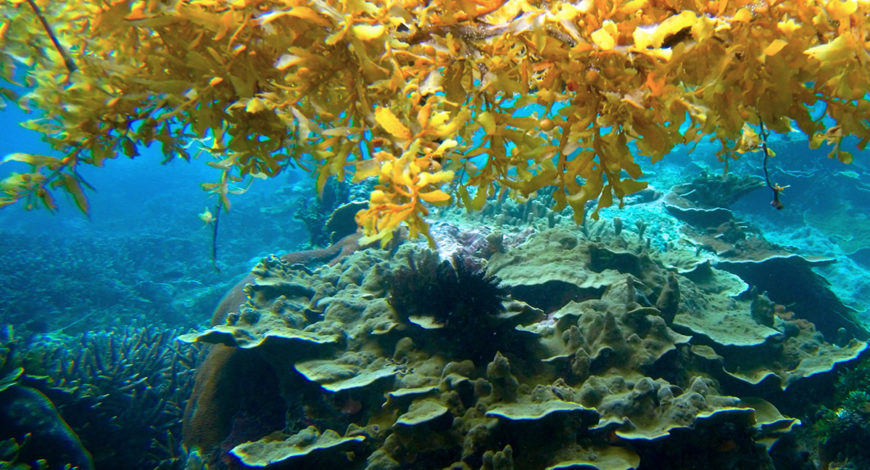
To mitigate sargassum’s effects, the government and private sector have implemented several measures:
- Manual and specialized machinery removal to minimize ecological impact.
- Floating containment barriers installed to prevent sargassum from reaching shore, used only when more macroalgae are expected.
- Boats with trained personnel to intercept sargassum before it reaches the beaches.
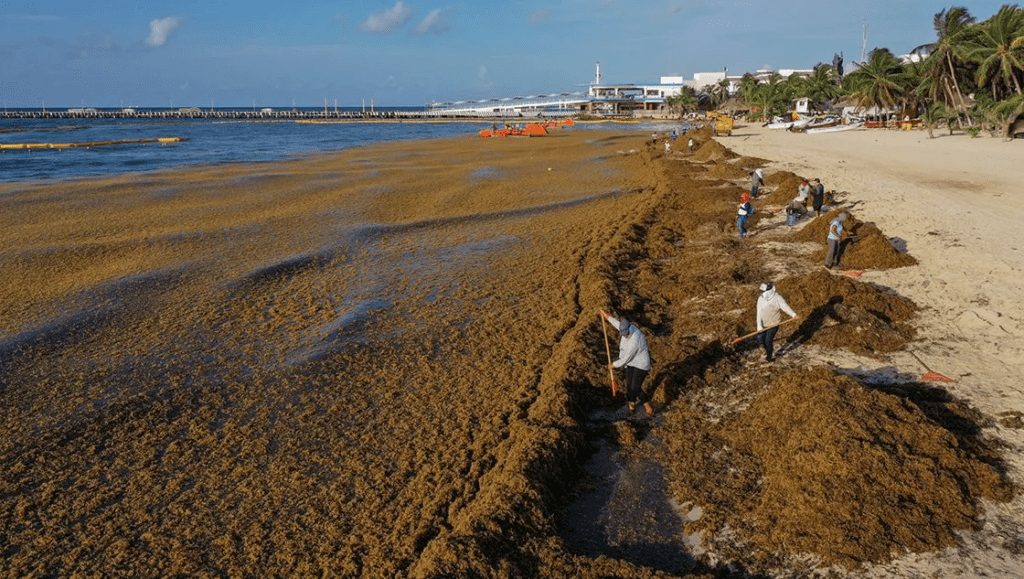
How Travelers Can Help
As travelers, small actions can make a big difference. Avoid leaving garbage and bringing food to the beach, and refrain from using creams or chemicals while swimming to protect marine life.

At Rutopía,we monitor sargassum levels to ensure a safe trip. Remember, not all beaches are affected. For 100% certainty, the Quintana Roo government provides daily updates on sargassum-affected areas, and you can also check social media.

While sargassum poses a real challenge, substantial efforts are underway to manage it. With a few precautions, your visit to a Mexican paradise can still be as enjoyable as possible.
***
If you found this post helpful and are a socially responsible traveler, you might also enjoy:
Coral Reefs in Mexico: A Biological Treasure
Montes Azules Biosphere Reserve: Mexico’s Most Biodiverse Region
journey




